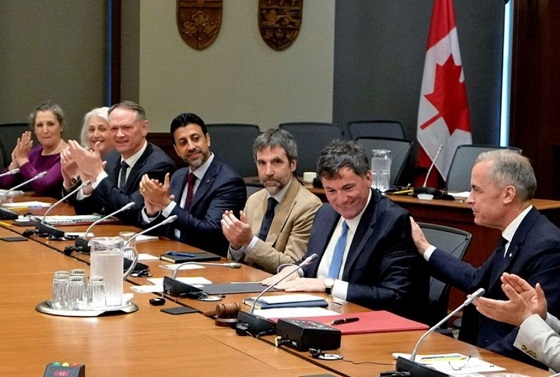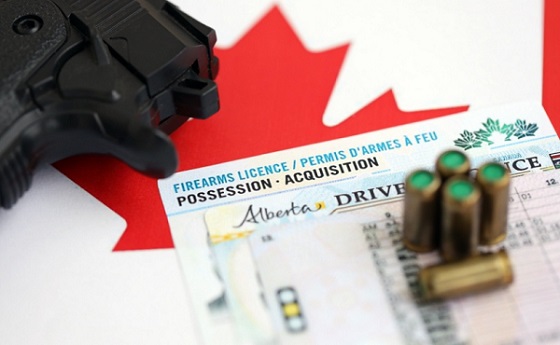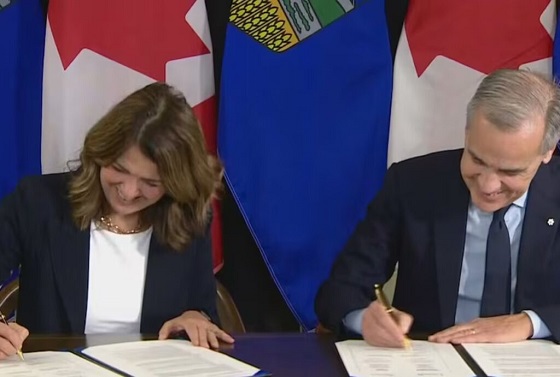Uncategorized
Virgin Galactic tourism rocket ship reaches space in test

MOJAVE, Calif. — Virgin Galactic’s tourism spaceship climbed more than 50 miles high above California’s Mojave Desert on Thursday, reaching for the first time what the company considers the boundary of space.
The rocket ship hit an altitude of 51 miles (82
“We made it to space!” Palermo said.
Thursday’s supersonic flight takes Virgin Galactic a big step closer to turning the dream of commercial space tourism into reality. The company aims to take paying customers on the six-passenger rocket, which is about the size of an executive jet. Virgin Galactic founder Richard Branson has said he wants to be one of the first on board.
Branson greeted the two pilots after the test, declaring “Space is Virgin territory!”
Virgin Galactic considers 50 miles (80
At the start of the test flight, a special jet carrying the Virgin Space Ship Unity flew to an altitude near 43,000 feet (13,100
The two test pilots — Mark “Forger” Stucky and former NASA astronaut Rick “CJ” Sturckow — will be awarded commercial astronaut wings, said Federal Aviation Administration official Bailey Edwards.
“It was a great flight and I can’t wait to do it again,” said Sturckow, who flew on the space shuttle four times.
Virgin Galactic’s development of its spaceship took far longer than expected and endured a setback when the first experimental craft broke apart during a 2014 test flight, killing the co-pilot.
More than 600 people have committed up to $250,000 for rides that include several minutes of weightlessness and a view of the Earth far below.
The
Funded by the late billionaire Paul G. Allen and created by maverick aerospace designer Burt Rutan, SpaceShipOne won the $10 million Ansari X Prize. The prize was created to kick-start private development of rocket ships that would make spaceflight available to the public.
When Branson licensed the SpaceShipOne technology, he envisioned a fleet carrying paying passengers by 2007, launching them from a facility in southern New Mexico called Spaceport America.
But there were significant setbacks. Three technicians were killed in 2007 by an explosion while testing a propellant system at Scaled Composites LLC, which built SpaceShipOne and was building the first SpaceShipTwo for Virgin Galactic.
Then, in 2014, SpaceShipTwo broke apart during a test flight by Scaled Composites when the co-pilot prematurely unlocked its unique “feathering” system and it began to deploy. The co-pilot was killed but the injured pilot managed to survive a fall from high altitude with a parachute.
During descent, the craft’s twin tails are designed to rotate upward to slow it down, then return to a normal flying configuration before the craft glides to a landing on a runway.
New versions of SpaceShipTwo are built by a Virgin Galactic sister company and flight testing is now in-house. Its previous test flight reached 32 miles (52
Branson isn’t alone in the space tourism business: Jeff Bezos’ Blue Origin is planning to take space tourists on suborbital trips, using the more traditional method of a capsule atop a rocket that blasts off from a launch pad. SpaceX’s Elon Musk recently announced plans to take a wealthy Japanese entrepreneur and his friends on a trip around the moon.
John Antczak, The Associated Press
Uncategorized
Cost of bureaucracy balloons 80 per cent in 10 years: Public Accounts
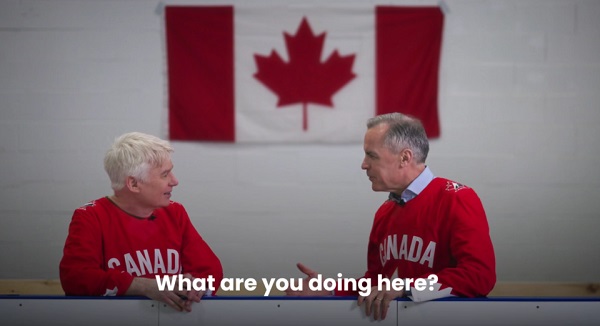
The cost of the bureaucracy increased by $6 billion last year, according to newly released numbers in Public Accounts disclosures. The Canadian Taxpayers Federation is calling on Prime Minister Mark Carney to immediately shrink the bureaucracy.
“The Public Accounts show the cost of the federal bureaucracy is out of control,” said Franco Terrazzano, CTF Federal Director. “Tinkering around the edges won’t cut it, Carney needs to take urgent action to shrink the bloated federal bureaucracy.”
The federal bureaucracy cost taxpayers $71.4 billion in 2024-25, according to the Public Accounts. The cost of the federal bureaucracy increased by $6 billion, or more than nine per cent, over the last year.
The federal bureaucracy cost taxpayers $39.6 billion in 2015-16, according to the Public Accounts. That means the cost of the federal bureaucracy increased 80 per cent over the last 10 years. The government added 99,000 extra bureaucrats between 2015-16 and 2024-25.
Half of Canadians say federal services have gotten worse since 2016, despite the massive increase in the federal bureaucracy, according to a Leger poll.
Not only has the size of the bureaucracy increased, the cost of consultants, contractors and outsourcing has increased as well. The government spent $23.1 billion on “professional and special services” last year, according to the Public Accounts. That’s an 11 per cent increase over the previous year. The government’s spending on professional and special services more than doubled since 2015-16.
“Taxpayers should not be paying way more for in-house government bureaucrats and way more for outside help,” Terrazzano said. “Mere promises to find minor savings in the federal bureaucracy won’t fix Canada’s finances.
“Taxpayers need Carney to take urgent action and significantly cut the number of bureaucrats now.”
Table: Cost of bureaucracy and professional and special services, Public Accounts
| Year | Bureaucracy | Professional and special services |
|
$71,369,677,000 |
$23,145,218,000 |
|
|
$65,326,643,000 |
$20,771,477,000 |
|
|
$56,467,851,000 |
$18,591,373,000 |
|
|
$60,676,243,000 |
$17,511,078,000 |
|
|
$52,984,272,000 |
$14,720,455,000 |
|
|
$46,349,166,000 |
$13,334,341,000 |
|
|
$46,131,628,000 |
$12,940,395,000 |
|
|
$45,262,821,000 |
$12,950,619,000 |
|
|
$38,909,594,000 |
$11,910,257,000 |
|
|
$39,616,656,000 |
$11,082,974,000 |
Uncategorized
Trump Admin Establishing Council To Make Buildings Beautiful Again
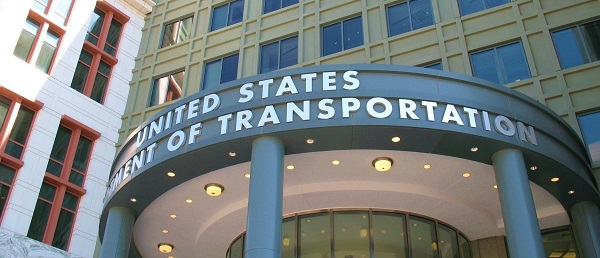

From the Daily Caller News Foundation
By Jason Hopkins
The Trump administration is creating a first-of-its-kind task force aimed at ushering in a new “Golden Age” of beautiful infrastructure across the U.S.
The Department of Transportation (DOT) will announce the establishment of the Beautifying Transportation Infrastructure Council (BTIC) on Thursday, the Daily Caller News Foundation exclusively learned. The BTIC seeks to advise Transportation Secretary Sean Duffy on design and policy ideas for key infrastructure projects, including highways, bridges and transit hubs.
“What happened to our country’s proud tradition of building great, big, beautiful things?” Duffy said in a statement shared with the DCNF. “It’s time the design for America’s latest infrastructure projects reflects our nation’s strength, pride, and promise.”
“We’re engaging the best and brightest minds in architectural design and engineering to make beautiful structures that move you and bring about a new Golden Age of Transportation,” Duffy continued.
Mini scoop – here is the DOT’s rollout of its Beautifying Transportation Infrastructure Council, which will be tasked with making our buildings beautiful again. pic.twitter.com/
9iV2xSxdJM — Jason Hopkins (@jasonhopkinsdc) October 23, 2025
The DOT is encouraging nominations of the country’s best architects, urban planners, artists and others to serve on the council, according to the department. While ensuring that efficiency and safety remain a top priority, the BTIC will provide guidance on projects that “enhance” public areas and develop aesthetic performance metrics.
The new council aligns with an executive order signed by President Donald Trump in August 2025 regarding infrastructure. The “Making Federal Architecture Beautiful Again” order calls for federal public buildings in the country to “respect regional architectural heritage” and aims to prevent federal construction projects from using modernist and brutalist architecture styles, instead returning to a classical style.
“The Founders, in line with great societies before them, attached great importance to Federal civic architecture,” Trump’s order stated. “They wanted America’s public buildings to inspire the American people and encourage civic virtue.”
“President George Washington and Secretary of State Thomas Jefferson consciously modeled the most important buildings in Washington, D.C., on the classical architecture of ancient Athens and Rome,” the order continued. “Because of their proven ability to meet these requirements, classical and traditional architecture are preferred modes of architectural design.”
The DOT invested millions in major infrastructure projects since Trump’s return to the White House. Duffy announced in August a $43 million transformation initiative of the New York Penn Station in New York City and in September unveiledmajor progress in the rehabilitation and modernization of Washington Union Station in Washington, D.C.
The BTIC will comprise up to 11 members who will serve two-year terms, with the chance to be reappointed, according to the DOT. The task force will meet biannually. The deadline for nominations will end Nov. 21.
-

 Great Reset2 days ago
Great Reset2 days agoSurgery Denied. Death Approved.
-

 Business2 days ago
Business2 days agoThe Climate-Risk Industrial Complex and the Manufactured Insurance Crisis
-

 Health2 days ago
Health2 days agoThe Data That Doesn’t Exist
-

 Crime1 day ago
Crime1 day agoInside the Fortified Sinaloa-Linked Compound Canada Still Can’t Seize After 12 Years of Legal War
-

 Automotive8 hours ago
Automotive8 hours agoThe $50 Billion Question: EVs Never Delivered What Ottawa Promised
-

 Great Reset20 hours ago
Great Reset20 hours agoProposed ban on euthanasia for mental illness sparks passionate debate in Canada’s Parliament
-

 Censorship Industrial Complex20 hours ago
Censorship Industrial Complex20 hours agoLiberals gain support for ‘hate speech’ bill targeting Bible passages against homosexuality
-

 Health20 hours ago
Health20 hours agoUS podcaster Glenn Beck extends a lifeline to a Saskatchewan woman waiting for MAiD




